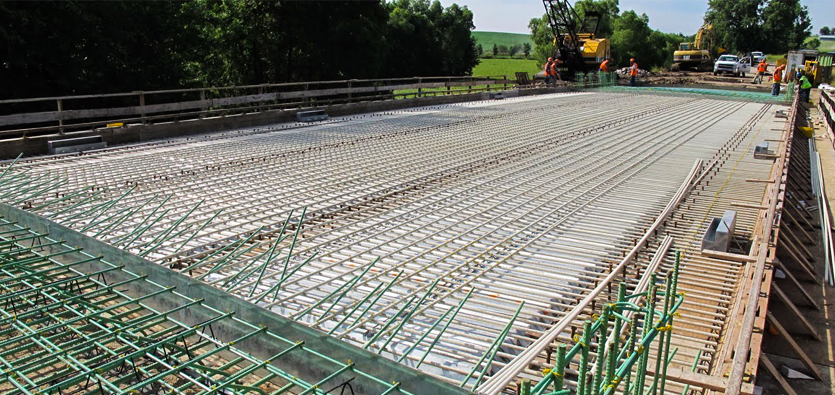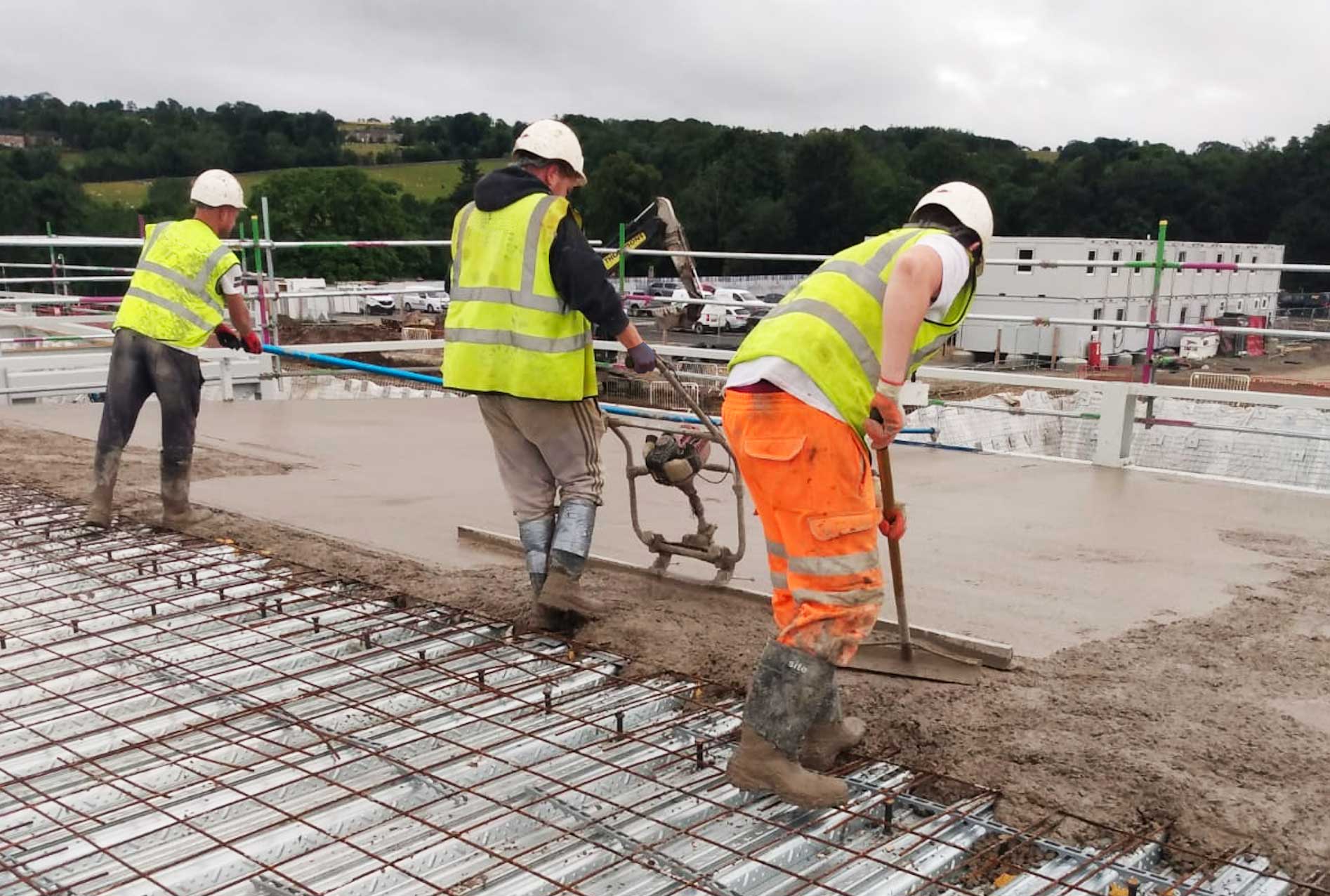Composites: The Future of Lasting Building Materials
Composites: The Future of Lasting Building Materials
Blog Article
Opening the Ecological Benefits of Recycled Compounds in Construction and Style
In the world of construction and style, the utilization of recycled composites holds substantial promise for improving sustainability techniques and reducing environmental influence (composites). By incorporating these ingenious products, there is a possible to address critical problems such as waste reduction, power conservation, and a reduction in carbon impact. The change in the direction of a much more lasting future in these industries depends upon unlocking the full potential of recycled composites. This conversation will explore the diverse benefits and challenges related to incorporating recycled compounds into construction and style, using a glance right into the transformative opportunities that exist ahead.

Environmental Impact Reduction
The decrease of ecological effect with using recycled composites in building and construction and layout plays an essential role in lasting methods. By incorporating recycled composites right into building materials, the construction sector can dramatically reduce its carbon footprint and add to an extra eco-friendly future. These lasting products, made from repurposed plastics, wood fibers, or various other recycled components, use a feasible option to conventional building materials without endangering on high quality or resilience.
Recycled compounds aid divert waste from landfills and lower the requirement for drawing out raw materials, thus preserving natural deposits. Additionally, the production procedure of these compounds often takes in less power and releases fewer greenhouse gases compared to creating virgin materials (composites). This change towards making use of recycled composites not only minimizes ecological damage yet likewise advertises a round economic situation by encouraging the reuse of products that would certainly otherwise be thrown out
Waste Minimization
With a concentrate on minimizing waste in building and construction and design, the combination of recycled compounds supplies a sustainable option to reduce environmental effect. Waste reduction is a crucial facet of sustainable techniques, and making use of recycled composites provides an opportunity to accomplish this objective successfully. By using products that have actually currently served their initial function, such as recycled plastics or recovered timber fibers, the building and construction and design industries can substantially lower the quantity of waste created and sent to garbage dumps.
Recycled compounds have the prospective to draw away significant quantities of waste from typical disposal methods, adding to a more circular economic climate where resources are used effectively. In addition, the production procedure of recycled compounds frequently takes in less energy and creates less discharges contrasted to virgin products, better reducing the environmental impact of building and construction and layout tasks.
Executing waste minimization methods via the unification of recycled compounds not only assists in saving natural deposits yet additionally advertises a much more sustainable method to building and developing for a greener future.
Energy Preservation
Including recycled composites not only lessens waste in building and construction and design but also plays a crucial role in improving energy conservation methods within the sector. The usage of recycled compounds in building and construction can significantly contribute to energy conservation via numerous means. By promoting the use of recycled composites in building and design, the industry can make significant strides towards attaining power performance and decreasing its carbon impact, inevitably adding to an extra lasting built environment.
Carbon Footprint Reduction
Enhancing sustainability techniques via the usage of recycled composites in building and construction and design considerably decreases the carbon footprint of the industry. By including recycled materials right into the manufacturing of compounds, the need for virgin resources reduces, bring about reduced energy consumption and greenhouse gas discharges connected with traditional manufacturing procedures. This reduction in carbon footprint is critical in combating environment change and promoting a more ecologically pleasant approach to building and construction and layout.
The carbon impact reduction accomplished via the adoption of recycled composites more aligns with the global push in the direction of lasting practices and the reduction of commercial discharges. Eventually, by focusing on the integration of recycled composites, the industry can make considerable strides in decreasing its carbon impact and contributing to a much more lasting future.
Lasting Future
The integration of recycled compounds in building and design not just addresses immediate ecological issues yet likewise lays a solid structure for a sustainable future in the sector. By including recycled composites right into building products discover here and products, the building and design markets can considerably lower their reliance on virgin sources, causing a more round economy. This change in the direction of sustainability is important for mitigating the ecological impact of standard construction methods, which usually lead to high degrees of waste generation and source exhaustion.

Verdict
In conclusion, recycled composites offer significant environmental benefits in construction and design by reducing environmental impact, minimizing waste, conserving power, decreasing carbon footprint, and promoting a sustainable future. Accepting making use of recycled composites can contribute to a much more environmentally-friendly technique to structure and design, eventually causing a much more sustainable and greener future for all.
The reduction of environmental impact with the use of recycled compounds in building and style plays a critical duty in lasting techniques.With an emphasis on lessening waste in construction and design, the integration of recycled compounds uses a lasting service to reduce environmental impact. By advertising the use of recycled compounds in building and construction and style, the sector can make considerable strides in the direction of attaining energy performance and minimizing its carbon footprint, inevitably contributing to an extra sustainable constructed atmosphere.

Report this page